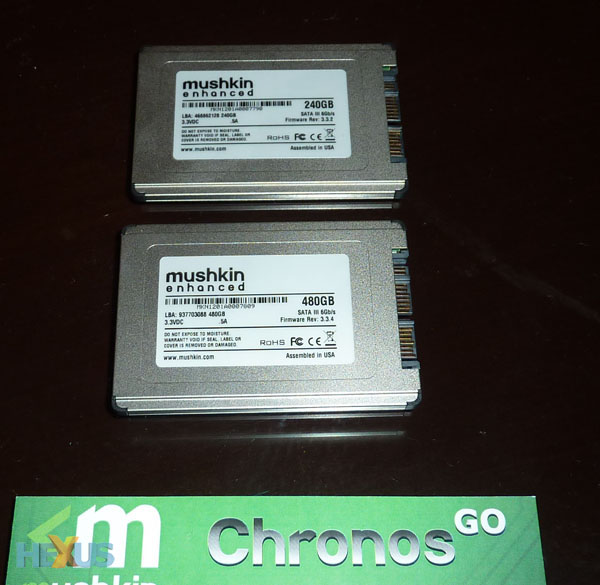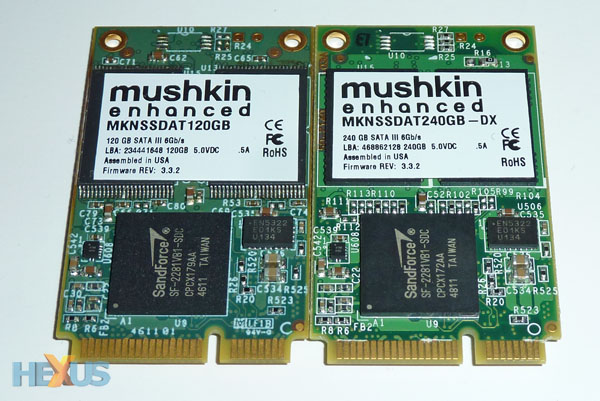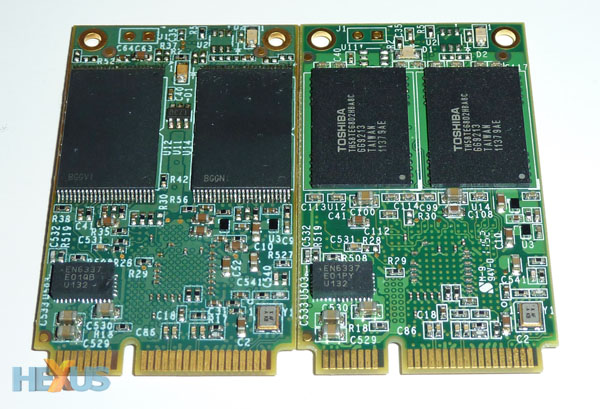Remember Mushkin? I do. Back when the Intel Core i7 was but a mere twinkle in a daydreaming engineer's eye, and we're going back some 10 years here, Mushkin was, in the main, a purveyor of high-quality system RAM.
Enthusiast RAM was a prized possession in those halcyon days, with real performance benefits for those who scraped together enough pennies to buy the next speed-grade up. The reason I remember Mushkin is down to the esoteric packaging which enclosed each module. Yup, those were the good old days.
Now, however, the volatility of RAM pricing and commodity nature of the product means that RAM-exclusive manufacturers need to look elsewhere for a steady revenue stream. Mushkin has since diversified into producing a range of a high-speed solid-state drives (SSDs), keeping its core engineering talent intact in a sideways move that makes sense. We popped along to the firm's suite at Treasure Island hoping to uncover some, well, SSD treasure.
Reiterating that it had an enviably close relationship with SandForce - the brains behind many high-speed SSDs - Mushkin's Wade Shiflett talked us through a few key products coming to market in the next few months.

Based on the ever-popular SF-2281 controller, the Chronos Go use a 1.8in form factor, compared to the 2.5in seen on most shipping SSDs. Fitting into the new breed of thinner and lighter notebooks, Mushkin says that performance hasn't been compromised. Available in capacities up to 480GB and in Toggle-mode and regular MLC NAND flavours, representing Deluxe and Standard models, both drives share a common 565MB/s sequential read and 525MB/s sequential write speeds and 90K IOPS.
Shrinking the form factor down to mSATA brings us to the Atlas SSDs. These incy-wincy drives are designed to fit into the burgeoning Ultrabooks touted by Intel's cohort of notebook partners. Specifications remain impressive, topping out at 565MB/s sequential read and 535MB/s sequential write, and just like the Chronos duo, are available in Toggle-mode and standard NAND. The premium Toggle-mode NAND performs better when dealing with compressed files, often the Achilles' Heel of SandForce drives, and Mushkin is bringing in the very latest 24nm stuff here.
Capacities go up to 240GB, meaning Mushkin is using four 512Gbit modules - two on the front and two on the back. We're not sure there are too many, if any, faster mSATA drives out there; we'll even have to wait until most Ultrabooks start using the SATA6Gbps connection before the full speed can be realised. No word on pricing, sadly, but a shot-in-the-arm for super-skinny laptops, that's for sure.
Looking further ahead and whetting enthusiasts' appetites is the Mushkin Scorpion PCIe drive. Following on from the efforts of OCZ to push the boundaries of what's possible with consumer-class SSDs, Mushkin is looking to debut this PCIe x4 solution within the next four months.

Image credit: Anandtech
It uses a RAID chip in concert with up to four removable SSD 'fingers' each featuring, you guessed it, a SandForce SF-2281 controller. Set to be made available in 240, 480, and 960GB capacities with read and write speeds of up to 1,500MB/s and 1,275MB/s, respectively, along with 120K IOPS, Mushkin is hoping for yet more speed when the Scorpion sees the light of day.
We don't yet know just how Mushkin will market or configure the Scorpion - you may purchase the MacBook Air-like modules separately or with the inexpensive base card - but, however it's packaged, it may do well for users where two high-end drives simply aren't extreme enough.
















